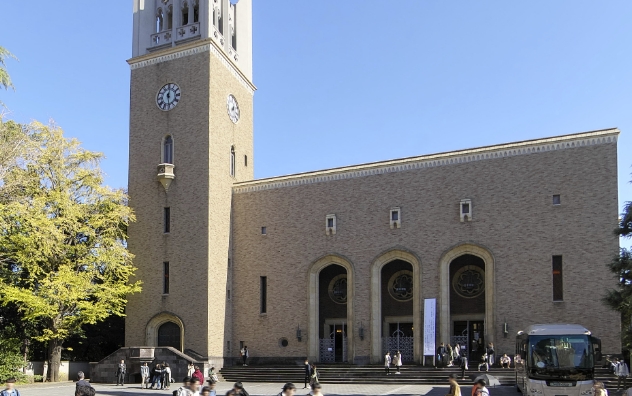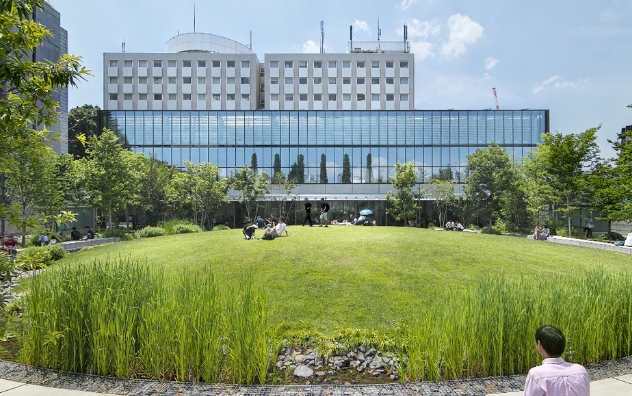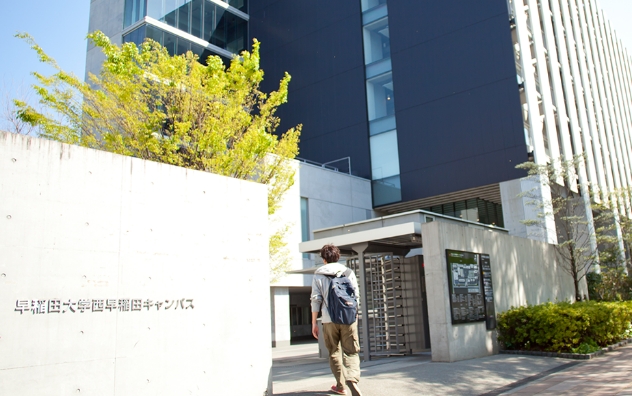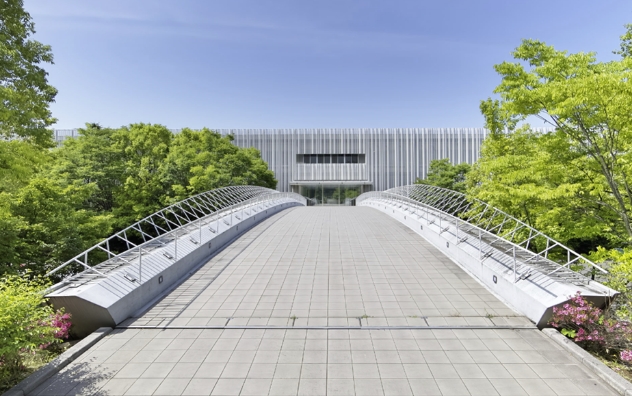New Technology Development to Utilize CO2 by Converting it into a Stable Resource has been Selected as a ‘NEDO Project
Wed, Jul 29, 2020-
Tags
New Technology Development to Utilize CO2 by Converting it into a Stable Resource has been Selected as a ‘NEDO Project Contributing to a Sustainable Society by Significantly Reducing Greenhouse Gases’
Key points of announcement
- There is a growing need to effectively utilize carbon dioxide (CO2) as part of global warming countermeasures.
- This project will work on the development of a technology that reacts CO2 with the magnesium contained in seawater, producing a resource that can be used as a building material such as the aggregate in concrete.
- If this technology is established and commercialized, it is expected to lead to a significant reduction in CO2 emissions while effectively utilizing waste. It could therefore contribute to the realization of a sustainable society.
Waseda University, JGC Corporation, and Sasakura Engineering Co., Ltd. announced today that their joint proposal for “CO2 mineralization using desalination brine or seawater with profitable polyproduction of commodities*1,” led by Professor Takao Nakagaki, Faculty of Science and Engineering, Waseda University, has been selected for a fiscal 2020 public call project of the New Energy and Industrial Technology Development Organization (NEDO): “Development of Technologies for Carbon Recycling and Next-Generation Thermal Power Generation / Development of Technologies for CO2 Reduction and Utilization / Development of Technologies for CO2 Utilization in Carbonates, Concrete Products, and Concrete Structures.”
As global warming countermeasures become increasingly important around the world, reducing greenhouse gas emissions has become one of the key challenges. Given this situation, CO2 mineralization technologies that convert emitted CO2 into a stable resource are expected to contribute to the reduction of greenhouse gases.
This project will develop a series of technologies that react CO2 emitted from power plants, industry, and the like with magnesium contained in seawater and desalination brine*2, which is the waste water from seawater desalination plants. This process converts CO2 into a stable mineral called magnesium carbonate, which can then be used as a building material such as the aggregate content of concrete. Since seawater and desalination brine are abundant, this technology is expected to provide a significant amount of CO2 reductions. The other major ions in seawater and brine (calcium, sodium, potassium, and sulfur) are also converted into industrial products (gypsum, salt, fertilizer, sodium sulfate, and hydrochloric acid) and additional fresh water is produced. The production of multiple commodities increases profitability and societal co-benefits. This technology development project will aim to establish the reduction of CO2 emissions throughout the entire process while securing profitability and market scale.
Waseda University, JGC Corporation, and Sasakura Engineering will contribute to the realization of a sustainable society by establishing solutions to social issues such as CO2 reduction and effective utilization of waste through the development of this technology and subsequent commercialization efforts.
Example development process

R&D items and responsibility
Waseda University
- Development of a process to produce magnesium oxide from waste brine and magnesium oxide from magnesium chloride
- Development of a process for gas-solid mineralization of CO2 using magnesium oxide
- Practical evaluation of magnesium carbonate usage in concrete
JGC Corporation
- Evaluation of the usefulness of magnesium carbonate
- Evaluation of process scale-up and implementation
Sasakura Engineering Co., Ltd.
- Development of a low-energy method for magnesium chloride production via nanofiltration (NF membrane)*3
Notes
*1 Co-production of multiple valuable commodities
The development of technology to use seawater or brine from seawater desalination plants and renewable energy to co-produce valuable commodities such as soft water, gypsum, sodium sulfate, salt, fertilizer, and hydrochloric acid without adding any chemical additives. Solid magnesium oxide is obtained via a hydrate of magnesium chloride, reacted with gaseous CO2 (from flue gas or the air) to form magnesium carbonate, and utilized effectively as aggregate in concrete.
*2 Desalination brine
The wastewater discharged in the process of separating freshwater from seawater. It has a salt concentration nearly double that of seawater. Because of its high salinity, per unit volume, more magnesium can be extracted from brine than seawater.
*3 NF membrane
NF (nano filtration) membranes selectively allow monovalent ions such as Na+ and Cl− to pass through while preventing the transmission of divalent ions and pigments. This makes it possible to extract magnesium efficiently.













